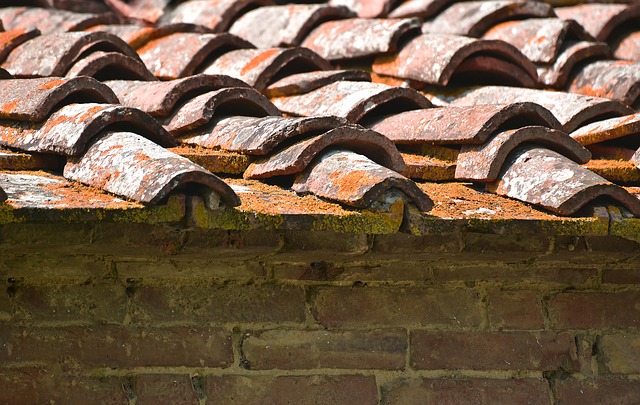LEAKING ROOF? DON’T HESITATE!
Finding a leak in your roof can be a real cause for alarm. While leaks vary in severity, even a small leak can quickly become bigger if it is not addressed immediately. Regardless of when or where it starts developing, don’t neglect a leak. Not only do they spell danger for your roof, but water damage can rack up significantly. This can lead to you having to fork out money for much more than just a small roof leak. We’ve dealt with roof leaks for many years and can only advise that you contact your friendly roofers in Nottingham as soon as possible. Especially during the autumn and winter, once the rain starts coming, this is a time when roofs are subject to an incredible amount of stress and leaks can develop fast. In the event that you do spot a leak in your roof, here is what you need to know!
CONTAINMENT
This is an important step if you find a leak, it needs to be contained. Let’s say the ceiling is discoloured, or has begun to bulge downwards. This indicates that water is accumulating in the ceiling, causing pressure and adding weight to the ceiling. Naturally, you need to place something underneath to catch any dripping water, such as a saucepan or bucket. You already have water in your ceiling, don’t let it affect your floor as well. If the drip is persistent, it would be wise to place a board at an angle inside the bucket. Water drops that hit a body of water can be an incredibly frustrating noise to have to deal with and can affect your ability to fall asleep, even from another room in the house.
The next thing you can do might sound surprising. If there is a definite bulge in the ceiling, you need to relieve the building pressure. Take a screwdriver or similar tool and find the centre of the bulge. Puncture a small hole at the centre. Don’t be scared! This will relieve the pressure and allow water to drain easily. The paint and plaster are already damaged if a bulge is present, so this simply gets rid of the risk of anything worse happening, such as a ceiling collapse.
Can you identify the course of the leak yourself? If you can get to it safely, you can cover the source with a waterproof sheet. However, if there is any doubt about your safety, this is not worth risking. You should have already contacted your local roofing professional at this point anyway! You can always ask for advice over the phone. One problem with repairing leaks is that they can only be done effectively once bad weather has subsided. If a week of persistent rain has been forecast and a leak springs as the bad weather starts, this can be a real problem. Then, having a waterproof sheet stopping most or all of the water from leaking into your house can minimise problems until a roofer can get to you.
A professional roofing contractor in your area will fully inspect the extent of your leak, both inside and outside, to ensure the plan of action will completely solve the problem. Water damage can be a real pain, and a roofing expert should advise on the extent of the damage and what needs replacing.
DON’T HESITATE!
Roof leaks need to be sorted as soon as possible. Once a leak develops, that’s it. It can only get worse. It might not seem serious. A little discolouration on the ceiling? Probably nothing. A slight bulge? Oh well, we can repaint it at some point. This is not the attitude! At worst, a leak is a ticking time bomb that can lead to sudden and expensive damage!
It’s useful to get into the habit of inspecting your roof at least twice a year, most importantly in the autumn as the rain starts to come and roofs are subjected to the more damaging elements. You should look for, on the inside of your roof: Light that penetrates into the attic; sagging tiles; discolouration. On the external surfaces, you can look for any damage to your shingles/tiles, loose material around the base of your chimney, and any problems with your gutters.
Roof leaks are an unfortunate problem that need to be acted upon quickly in order to prevent significant damage. Inspecting your roof will go a long way to catching problems early where the potential for damage is very low. Whether you have a flat roof or a classic sloped roof, delaying can lead to much worse problems. If you spot any signs of a leak, be sure to get in contact as soon as possible!

